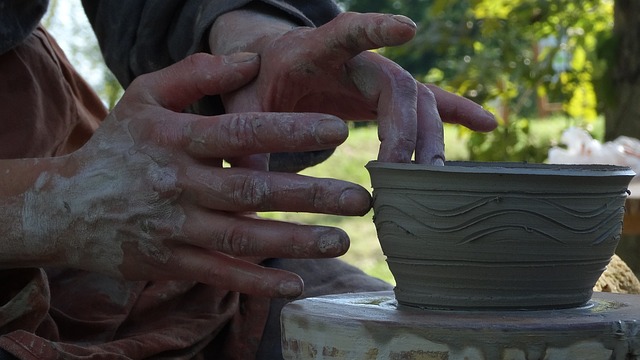We all know that it’s important to be grateful. But what does that actually mean? And how does one show gratitude?
Interesting, gratitude is important for more reasons that one might expect – including for your actual physical health and longevity. A recent study published in JAMA Psychiatry has shown that people who experience higher levels of gratitude have a lower risk of dying from any cause, including cardiovascular disease, cancer, and neurodegenerative diseases.

The study analyzed data from the Nurses’ Health Study, which included nearly 50,000 women aged 69 to 96. Participants completed a gratitude questionnaire, and the researchers found that those with the highest levels of gratitude had a 9% lower risk of death compared to those with the lowest levels of gratitude. This finding highlights the significant role that gratitude can play in promoting health and longevity.
Dr. Tyler VanderWeele, the senior author of the study, emphasized the power of gratitude in enhancing happiness, reducing depressive symptoms, and improving overall health. The study also noted that women who reported higher gratitude levels were more likely to be slightly younger, have a partner, participate in social or religious groups, and have better overall health.
With all of this said, it’s not always easy to know how to show gratitude. A few ideas include keeping a gratitude journal, writing letters or notes of thanks to people when they do something positive for you, and being specific with people to express your thanks.





